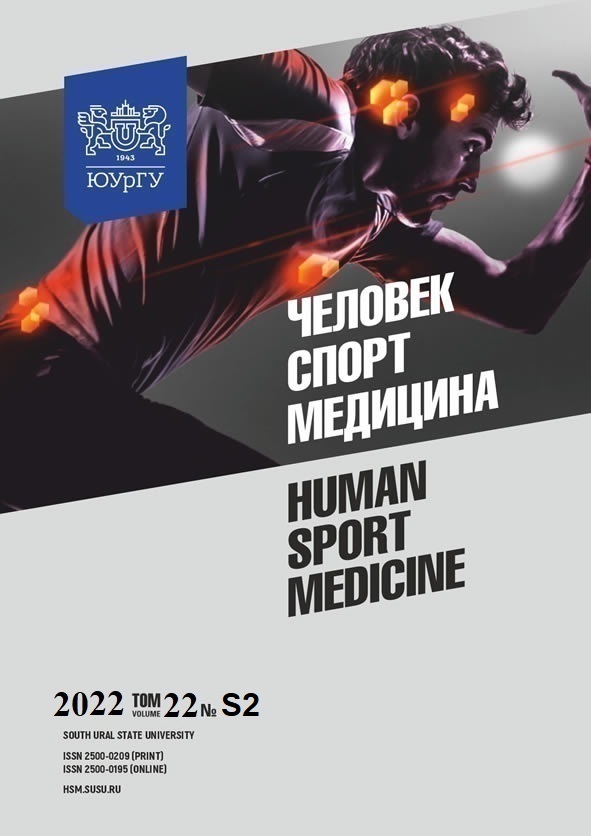FUNCTIONAL STATUS OF THE CARDIOVASCULAR SYSTEM IN YAKUT COMBAT ATHLETES AGED FROM 14 TO 19 YEARS
Abstract
Aim: the authors assess the functional status of the cardiovascular system in yakut combat athletes aged from 14 to 19 years. Materials and methods: the study involved morphological and functional examination of 42 yakut male athletes aged from 14 to 19 years. Heart rate and blood pressure measurements were performed before and after exercise. Based on the obtained data, the following parameters were calculated: the index of functional changes, mean blood pressure, double product, endurance coefficient (A. Quaas), vegetative index (Kerdo), systolic blood volume, minute volume, mean dynamic blood pressure, total peripheral vascular resistance. Statistical processing of the results obtained was performed with parametric and nonparametric methods (SPSS 17.0). Results. The results of morphological and functional examination showed that body dimensions in athletes corresponded to the generally accepted age, gender, and regional standards. The mean values of systolic, diastolic, and pulse pressures were within the reference values. Systolic and pulse pressures returned to baseline at the 5th minute, diastolic pressure – at the 10th minute after exercise. The index of functional changes in athletes reflects the performance of the cardiovascular system. The majority of the athletes had more efficient myocardial oxygen consumption and normal endurance of the cardiovascular system. The dominance of the parasympathetic system was found in all athletes. Conclusion. Physical activity intensity corresponds to the functional capabilities of the cardiovascular system of athletes and is adequate for their age.
References
References on translit















